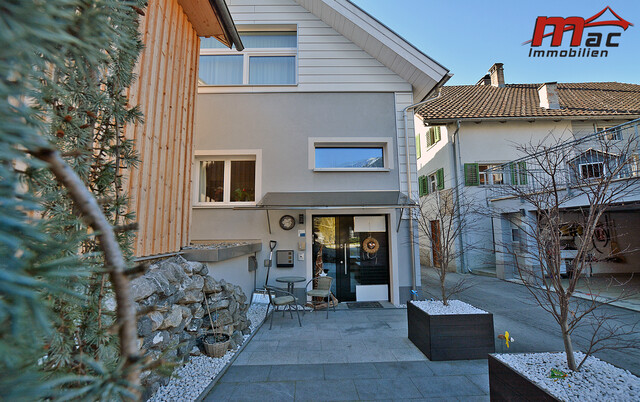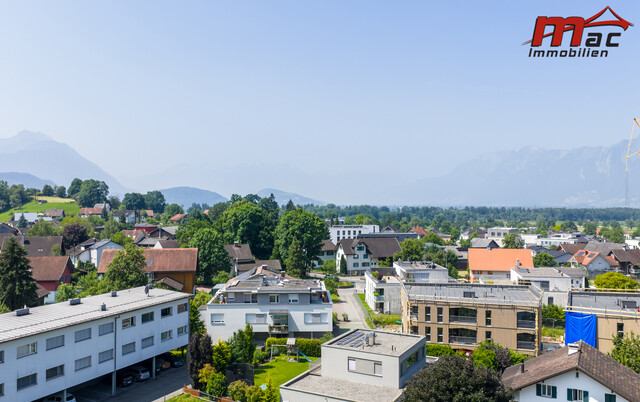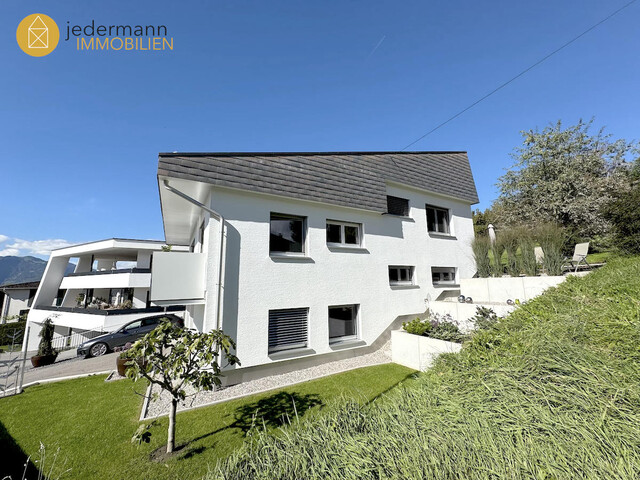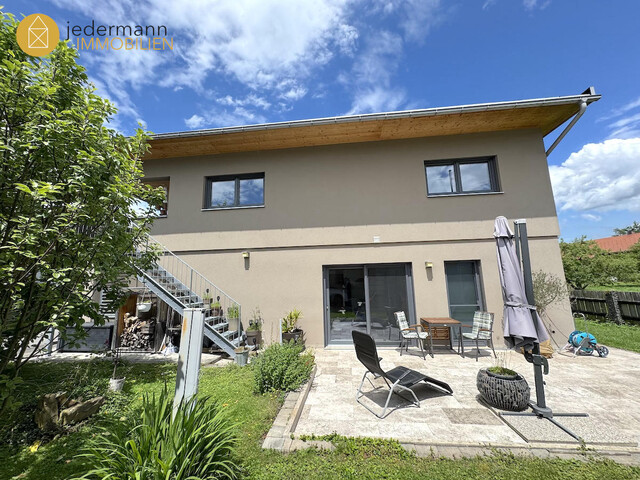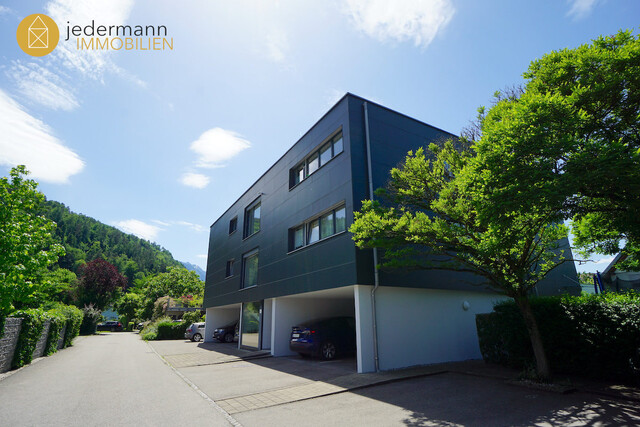Golden Late Summer: September Set a Heat Record

More precipitation - plus four percent - and less sunshine - minus six percent, yet this year's September was one of the 20 warmest in the history of measurements, reported Geosphere Austria on Wednesday. There were significant regional differences. Particularly around the 20th and 21st of September, some regions experienced temperatures over 30 degrees Celsius. The highest value was recorded at the Innsbruck University weather station on September 20th with 32.4 degrees.
This Year's September One of the 20 Warmest
Only towards the end of the month did the temperatures fall to about the level of an average September in recent history (climate period 1991-2020) or slightly below.
"Throughout the entire month, September 2025 was significantly too warm and was 1.4 degrees above the average of the climate period 1991 to 2020 in the lowlands of Austria and 1.8 degrees above on the mountains," said climatologist Alexander Orlik. This ranks 18th in the series of the warmest Septembers in the 259-year history of measurements and 19th in the 175-year mountain measurement series. Around 90 percent of all Septembers were cooler than September 2025.
The number of summer days (at least 25 degrees) was significantly above average last month and well below the records: At Hohe Warte, there were twelve summer days last month, while in an average September (1991-2020) there were six. The record here is 21 summer days in 2023.
Different Precipitation Distribution
In the nationwide evaluation, the amount of precipitation in September 2025 was plus four percent, within the range of the long-term average. There were significant regional deviations: It was significantly too wet, for example, in parts of the Waldviertel and Weinviertel, with 50 to 100 percent more. It was significantly too dry around Kufstein and Kitzbühel over most of Upper Austria to the western Mostviertel, with a decrease of 35 to 55 percent.
The yield of sunshine duration largely corresponded to the long-term average (minus six percent). In most parts of the country, deviations from the climate average of minus eight to plus eight percent were recorded. Only in Vorarlberg, the Tyrolean Oberland, and occasionally in East Tyrol, Upper Carinthia, the East Styria, and the southern half of Burgenland were there larger deficits with deviations of up to almost a third.
(APA/Red)
This article has been automatically translated, read the original article here.
Du hast einen Hinweis für uns? Oder einen Insider-Tipp, was bei dir in der Gegend gerade passiert? Dann melde dich bei uns, damit wir darüber berichten können.
Wir gehen allen Hinweisen nach, die wir erhalten. Und damit wir schon einen Vorgeschmack und einen guten Überblick bekommen, freuen wir uns über Fotos, Videos oder Texte. Einfach das Formular unten ausfüllen und schon landet dein Tipp bei uns in der Redaktion.
Alternativ kannst du uns direkt über WhatsApp kontaktieren: Zum WhatsApp Chat
Herzlichen Dank für deine Zusendung.
